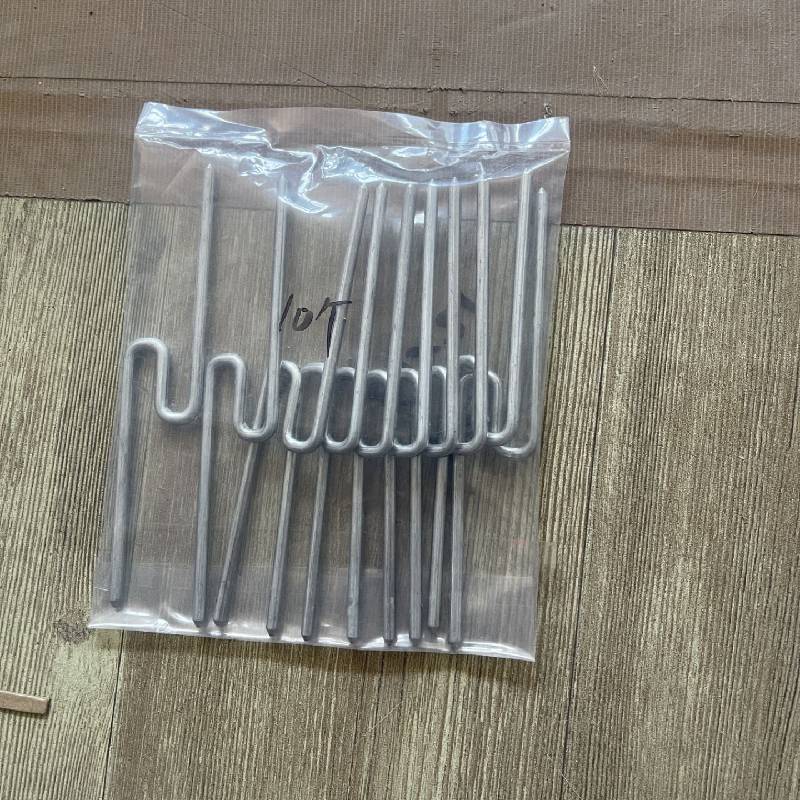
- Mobile Phone
- +8613931874955
- sales@cntcmetal.com
brick ties
Exploring the Concept of Brick Ties A Crucial Element in Masonry Construction
In the world of masonry construction, understanding the components that contribute to a building's integrity is crucial. One such element that often goes unnoticed is the brick tie, a small yet significant part of brickwork that plays a vital role in ensuring the structural stability of walls. This article will delve into the importance of brick ties, their purpose, types, and installation techniques, highlighting why they are essential in modern construction practices.
What are Brick Ties?
Brick ties, also known as masonry ties or brick anchors, are metal components used to connect brick walls to their supporting structures, such as wooden or steel frames. They serve to create a stable connection that allows for proper load distribution, structural integrity, and resistance to various environmental factors. Brick ties are typically made from galvanized steel or stainless steel to prevent corrosion and ensure longevity.
The Importance of Brick Ties
The main purpose of brick ties is to provide lateral support for brick walls. Without adequate ties, brick walls can suffer from several issues, including bulging or, in worst cases, collapse. Brick ties help maintain the alignment of the wall and ensure that it remains securely anchored to its supporting framework. They act as connectors, allowing the bricks to bear loads while preventing them from separating or leaning under pressure.
Moreover, brick ties play a crucial role in resisting wind loads. In areas prone to high winds, brick structures must be designed to withstand the forces exerted by strong gusts. Properly installed brick ties help distribute these forces, reducing the risk of damage. Furthermore, they assist in accommodating thermal expansion and contraction that can occur due to temperature changes, preventing cracks and other forms of deterioration in the masonry.
Types of Brick Ties
There are several types of brick ties, each suited for different applications. The most common types include
brick ties

1. Wall Ties These are used to connect the brickwork to the inner wall or backup structure. They are available in various designs, including adjustable ties, which allow for flexibility during installation.
2. Expansion Ties Designed to accommodate movement caused by thermal expansion, these ties provide a more significant allowance for shifts in the building materials.
3. Ventilation Ties These ties allow for air circulation within the wall cavity, reducing the risk of moisture accumulation. Proper ventilation is essential for preventing mold growth and ensuring the longevity of the structure.
4. Continuous Ties These provide a continuous connection across multiple courses of bricks, enhancing stability and resistance to lateral forces.
Installation Techniques
The installation of brick ties must be carried out with precision to ensure optimal performance. It is generally recommended to space ties according to the building code, which dictates the appropriate distance based on factors such as wall height, brick size, and environmental conditions. Typically, ties are installed at every 16 to 24 inches vertically and should be staggered horizontally for balanced support.
The ties should be embedded in the mortar joint, ensuring they are securely anchored. It is also crucial to inspect the ties regularly to confirm that they remain in good condition and continue to provide the necessary structural support.
Conclusion
In conclusion, brick ties are a fundamental component of masonry construction that contributes significantly to the overall stability and durability of brick structures. Understanding their role, types, and installation techniques is essential for anyone involved in building design and construction. By prioritizing the use of brick ties, builders can enhance the resilience of their structures, ensuring they stand the test of time against environmental challenges.
share:
-
Understanding Wall Ties: Types and ImportanceNewsApr.28,2025
-
Top Products for Your Yard and Signage NeedsNewsApr.28,2025
-
The World of SpringsNewsApr.28,2025
-
Masonry Accessories: Essential for Building Strong FoundationsNewsApr.28,2025
-
Fencing Solutions for Every NeedNewsApr.28,2025
-
A Comprehensive Guide to Iron Wire for Your Construction NeedsNewsApr.28,2025
-
The Versatility of Wire Tension SpringsNewsApr.16,2025



















